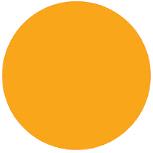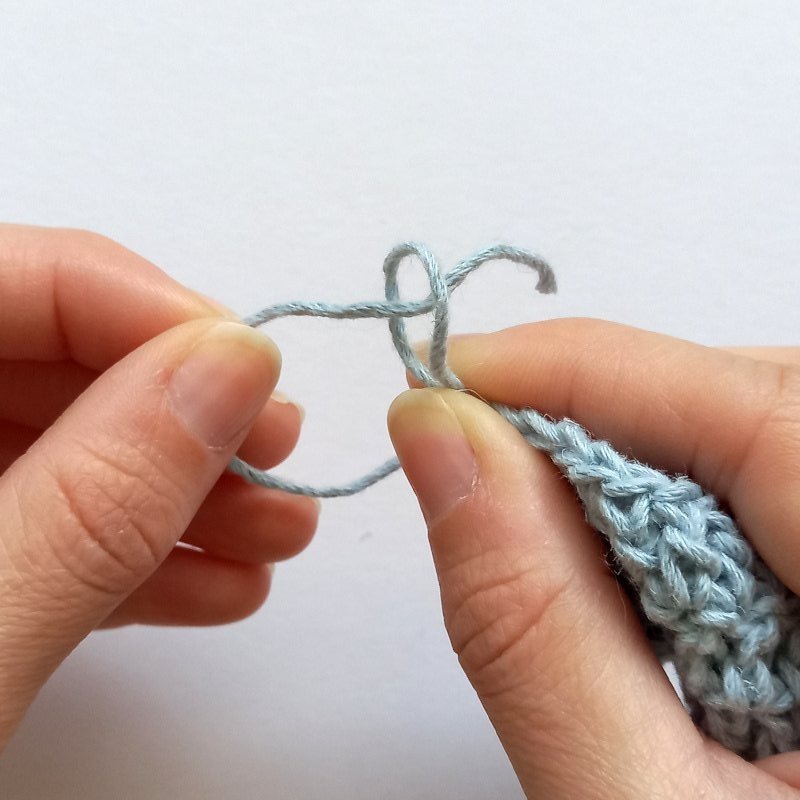How to Fasten Off in Crochet - Tutorial Nine
What Does Fastening Off Actually Mean?
A quick tutorial for how to fasten off in crochet, as part of the how to crochet step by step mini series. But before we get down to it, let’s go through what this actually means. The act of fastening off is to take your finished project off your hook and secure it so that it doesn’t unravel.
Three rows of double crochet, made in baby blue hemp yarn.
Do we Really Need to do This?
Yes! It’s super important that we fasten off properly and make our work secure. You might be wondering, well, isn’t this what weaving in ends is for? (We will go through weaving in ends in the next tutorial.)
Weaving in your ends has two purposes, firstly to hide the end and secondly to further secure the project. The key word here is further. This is the secondary safety net for the project. The first is fastening off correctly.
Without fastening off your project is at risk of completely unravelling if the woven in end comes loose and we really don’t want that to happen. Ok, let’s get to it!
How to Fasten off In Crochet
Watch the Video
Watch this really quick video to show you exactly how to do it and you can follow along or pause whenever you like to get it just right. Or scroll further down to get detailed photos and written instructions.
Photo Tutorial and Written Instructions
So you’ve come to the end of your project and want to take it off the hook and secure it. All you need to do is following these 4 easy steps and it’s done. It’s so easy!
1. Remove the hook from the loop.
2. Cut the working yarn (the yarn attached to the ball). Leave about 8-10 cm for weaving in.
3. Pass the cut end through the loop where the hook was.
4. Pull the cut end tight to make a small knot. It will look like the rest of the stitches if you look at it from above. See the photo below for clarity.
That’s it! It is now fairly secure and there is little risk of it unravelling on it’s own. You will then go on to weave your ends through your work to hide them and secure it further which I go through in the next tutorial.
How Much of an End should We Leave When Cutting?
Before cutting your end, you may want to consider the project you are making and what the next steps are. This may be the end of this piece, that still needs fastening off and weaving in, but not the end of the whole project.
The general rule of thumb is to cut about 8-10 inches to give you enough of an end to weave in without difficulty. This is great for most flat projects.
However, if you are making something 3D like amigurumi or something else that may have additional parts that need attaching, then you may need a longer end.
If you have any questions about fastening off, just pop them in the comments, I am happy to help.










